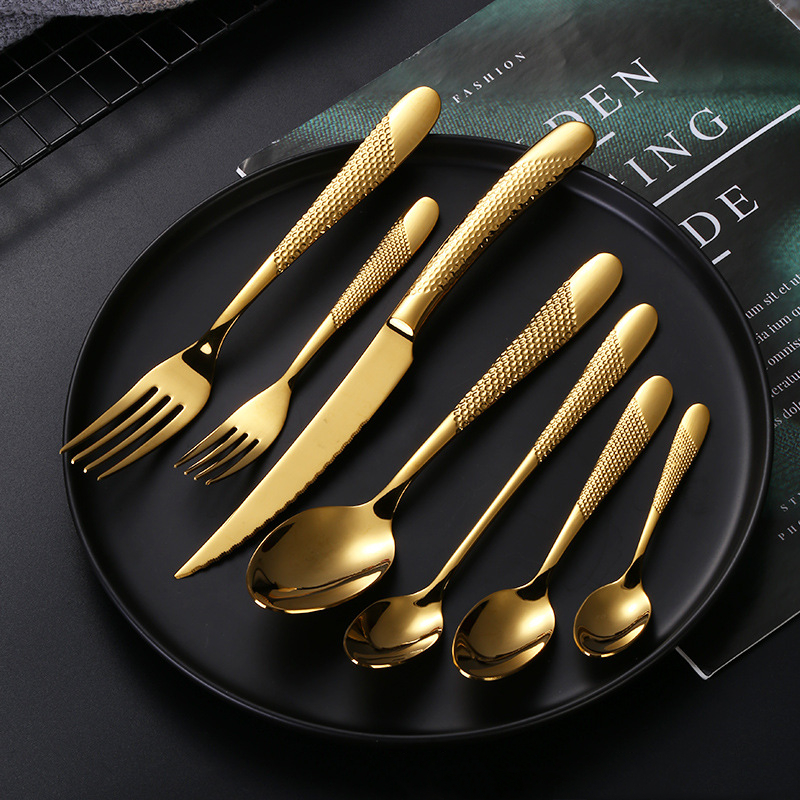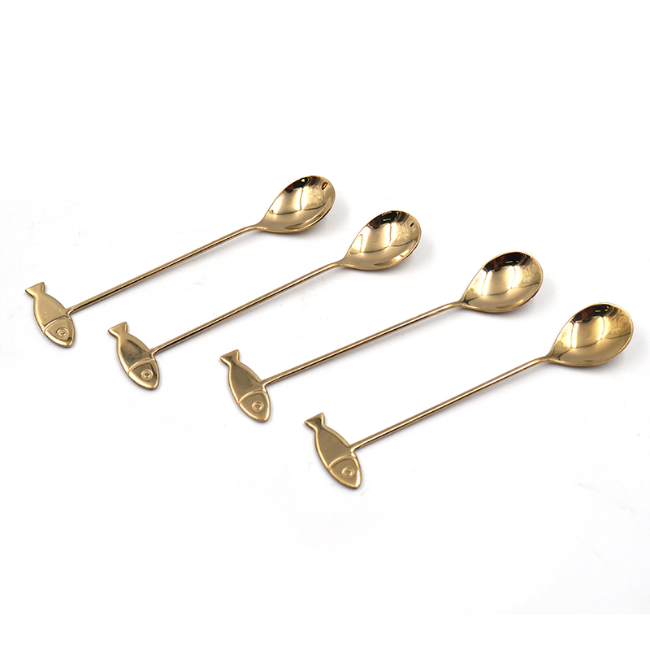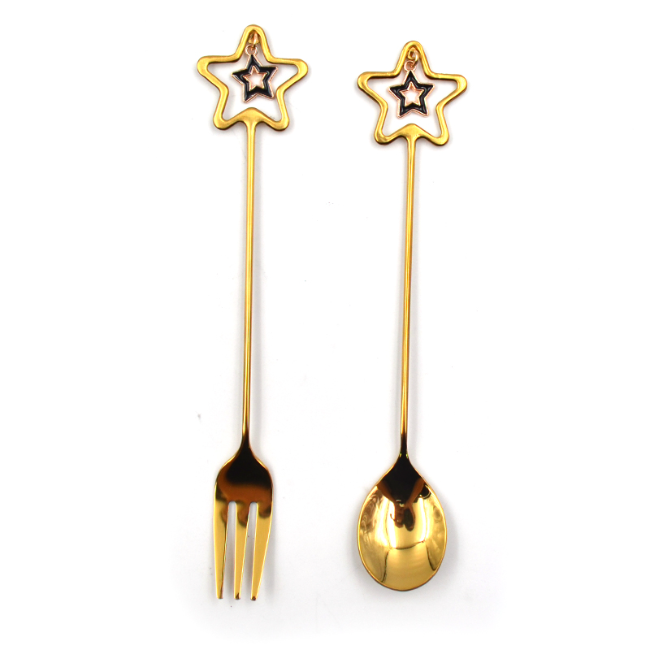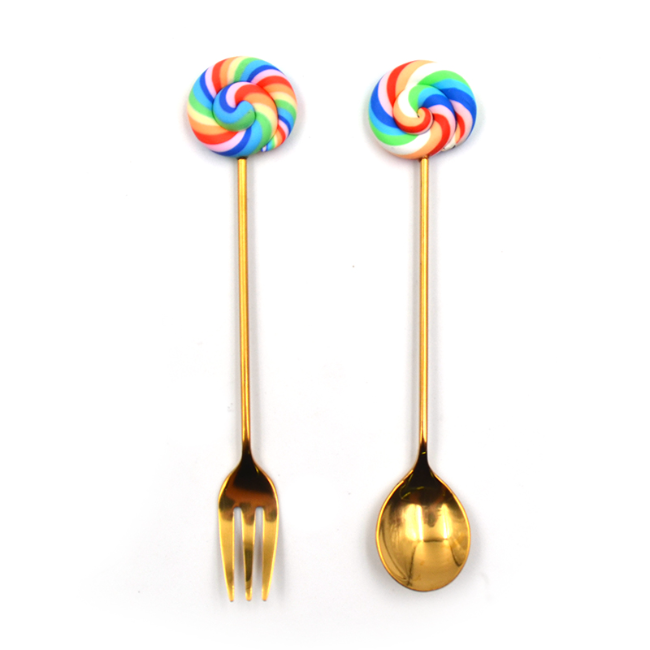
28 May
How It's Made Cutlery?
How It's Made Cutlery?Cutlery plays ...
How It's Made Cutlery?
Cutlery plays a crucial role in our everyday lives. From the knives we use to slice through dinner to the spoons that help us enjoy soup, cutlery is essential for any meal. But have you ever wondered about the process behind creating the cutlery you use? In this article, we will explore how high-quality cutlery is made, taking a look at renowned products like Le Creuset knife, Oneida Profile Stainless, and Robert Welch Whitby flatware, while also highlighting the manufacturing expertise of companies such as Homefelt.
1. The Materials Behind Great Cutlery
The first step in the cutlery-making process is selecting the right materials. The quality of the metal used will determine the durability, strength, and appearance of the cutlery. Stainless steel is by far the most common material for making cutlery because it’s resistant to rust, easy to clean, and durable. In premium cutlery, the addition of alloys like chromium and molybdenum enhances the steel’s resistance to corrosion.
For example, Oneida Profile Stainless flatware is crafted from high-quality stainless steel that’s both strong and shiny, providing an excellent balance between durability and aesthetics. Additionally, Le Creuset knife sets are known for their premium materials and meticulous design.
2. Step-by-Step Process of Making Cutlery
a) Forging and Shaping
The manufacturing process begins with shaping the metal. Most high-end cutlery, including Robert Welch Whitby flatware, is made using a process called forging, where the metal is heated to a high temperature and then hammered or pressed into shape. This method ensures the cutlery is strong and free of weaknesses. Alternatively, stamped cutlery is created by cutting metal sheets into shapes using high-pressure machines.
For knives like Le Creuset knife, the blade is carefully shaped, and the handle is formed separately before being attached. Each piece of cutlery is shaped to the desired form with precision.
b) Polishing and Finishing
After the metal is shaped, the next step is polishing. This process removes any rough edges and ensures the surface is smooth. Polishing also gives the cutlery its shiny, attractive finish. High-quality brands, such as Robert Welch Whitby flatware, are carefully polished to create a smooth and lustrous appearance.
c) Heat Treatment
Heat treatment is essential to enhance the strength of the cutlery. By heating the metal to a high temperature and cooling it quickly, manufacturers can achieve the desired hardness and durability. This ensures that the Oneida Profile Stainless cutlery is long-lasting and resistant to wear.
d) Quality Control and Packaging
Once the cutlery is made, it goes through a thorough inspection process. This includes testing for sharpness, balance, and overall quality. Manufacturers like Homefelt take great care in this step to ensure that every knife, spoon, and fork meets the highest standards. Once approved, the cutlery is carefully packaged and shipped to consumers.
3. The Role of Homefelt in Cutlery Manufacturing
As a leading manufacturer of premium cutlery, Homefelt is dedicated to creating high-quality kitchen tools. Their Le Creuset knife sets and Robert Welch Whitby flatware are designed with both functionality and style in mind. With years of experience and a commitment to craftsmanship, Homefelt continues to be a trusted name in the industry.
4. Conclusion
The process of making cutlery is an intricate and detailed one, involving everything from selecting the right materials to ensuring that each piece meets the highest quality standards. Whether it’s the durability of Oneida Profile Stainless or the luxurious design of Robert Welch Whitby flatware, the right cutlery can make all the difference at the dinner table. With the craftsmanship of manufacturers like Homefelt, you can be sure that every meal is a special occasion.





